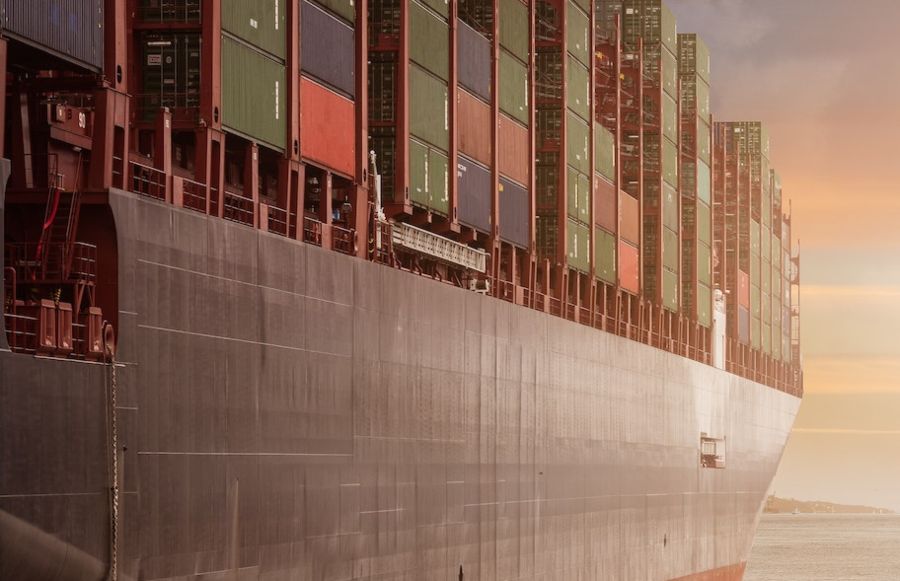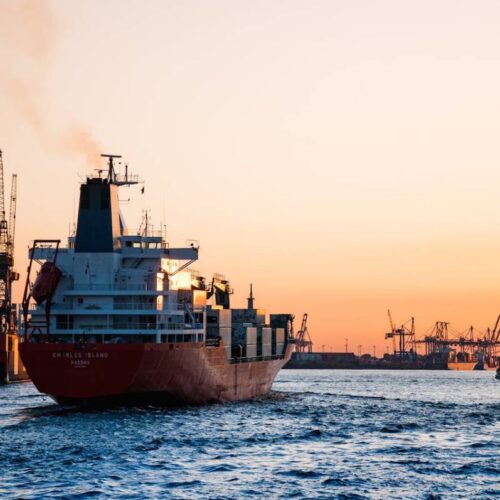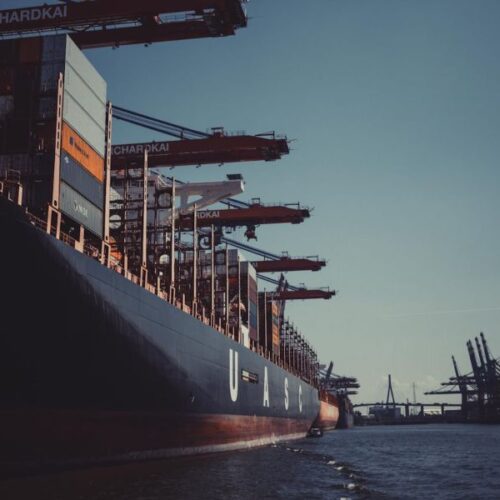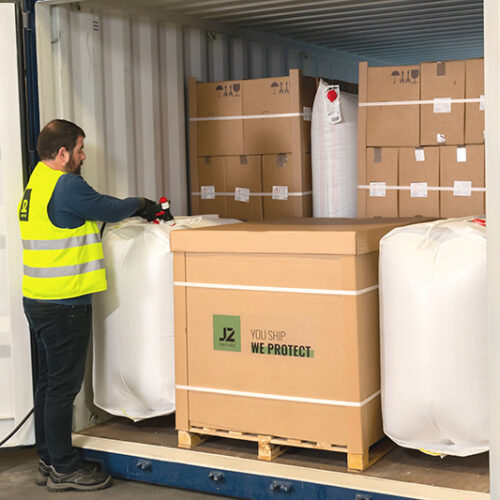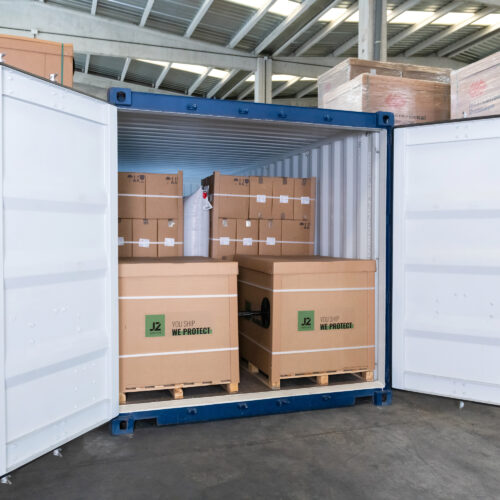Lashing is the process of securing and stabilizing goods during transport to prevent damage and accidents. It is an essential part of supply chain logistics and plays a crucial role in international trade.
When goods are loaded on a ship, they are subject to sea conditions, such as waves, winds and sudden changes in the ship’s motion. Without proper securing, goods can move and collide with each other, which can result in damage, loss or even serious accidents on the ship.
Security
One of the main reasons why a good lashing system is relevant is safety. Shipping is one of the safest ways to ship goods, but accidents that occur due to improperly lashed cargo can have serious consequences.
Imagine a ship moving back and forth due to large waves, if the goods are not properly secured, they can fall off and cause accidents on the ship or even fall into the ocean. In addition, loose cargo can potentially harm the crew and other workers on the ship. Therefore, proper lashing is essential to ensure the safety of people and the integrity of the products.
Protection of goods
Another reason why lashing is important is the protection of goods. During sea transport, cargoes may be exposed to different climatic and environmental conditions, such as rain, humidity, extreme heat or cold. In addition, goods often pass through several modes of transport, such as trucks and trains, before reaching their final destination.
Proper cargo lashing helps protect goods from these factors and minimizes damage during transport. This is especially relevant for sensitive cargo such as food, chemicals or electronics, among others.
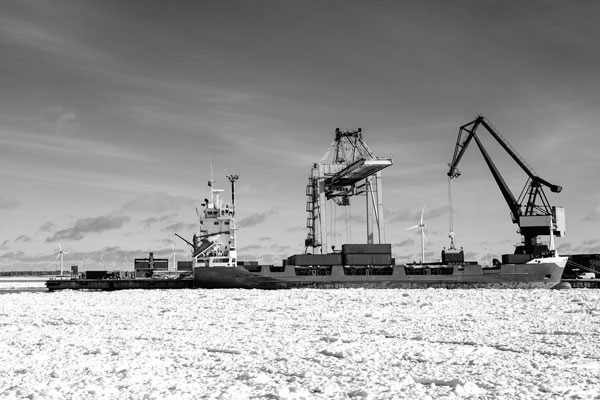
Optimize space
In addition to safety and security of goods, lashing is also important for optimizing space and efficiency in maritime transport. Ships have limited and expensive space, so maximizing cargo capacity is essential for shipping lines and carriers.
Proper lashing helps to make the best use of available space and ensures that goods are well organized and strategically placed to minimize wasted space and facilitate loading and unloading at ports. This helps to reduce transportation costs and improve efficiency in the supply chain.
In short, lashing in maritime transport is vital to ensure the safety of people, protect goods from damage and optimize space and transport efficiency. Accidents resulting from improperly lashed cargo can be costly and dangerous, so proper lashing is essential in supply chain logistics.
In a world increasingly globalized and dependent on international trade, lashing has become a fundamental part of the shipping industry and is relevant to ensure a safe and efficient flow of goods around the world.

